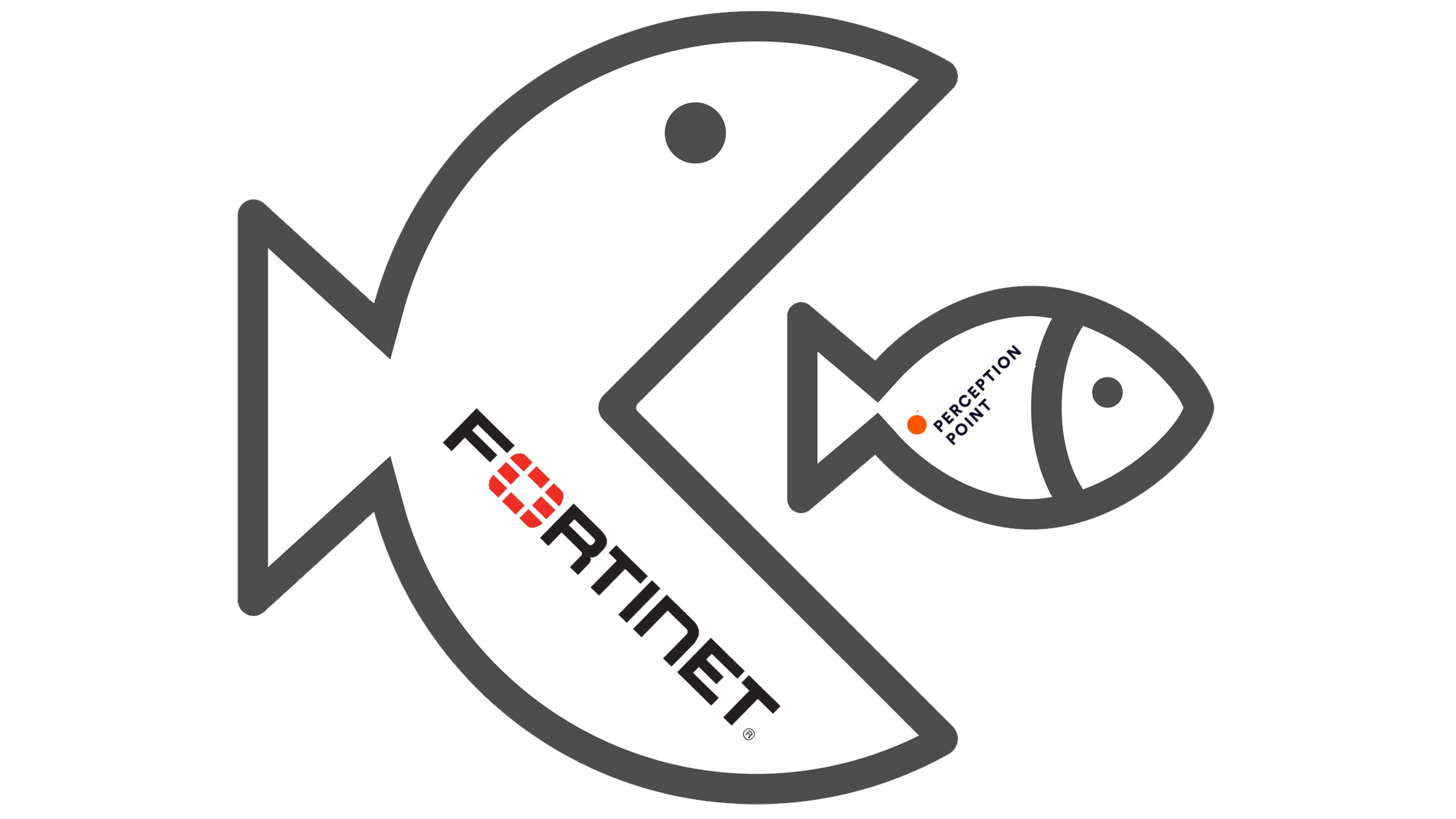Many different seasons start in September. Fall (on the 22nd), high school football, major college football, the NFL (on the 8th), and hurricane season. No, that’s not a plug for a Florida college team, but a warning about massive storms in places like Florida. This season should see “above average” weather activity.
 VMworld Explore News. It’s a distributed environment world and we’re all just living in it, says VMware, which rolled out a ton of new and updated products at its latest partner event this week. Check out VMware vSphere 8, VMware vSAN 8, VMware Cloud Foundation+, Edge Compute Stack 2, Private Mobile Network, and more.
VMworld Explore News. It’s a distributed environment world and we’re all just living in it, says VMware, which rolled out a ton of new and updated products at its latest partner event this week. Check out VMware vSphere 8, VMware vSAN 8, VMware Cloud Foundation+, Edge Compute Stack 2, Private Mobile Network, and more.
Multi-cloud organizations have have to manage those various clouds, of course, hence the new VMware Aria, powered by VMware Aria Graph, a data store designed to reduce “multi-cloud complexity across any cloud, any app, and for every persona.”
Where you have data you need security, and VMware offers ways to secure data pretty much everywhere. Apply your security eye to Project Northstar, early release Carbon Black Cloud endpoint protection, Project Trinidad, and Project Watch.
Updates to VMware’s Anywhere Workspace platform improve automation across multiple platforms.
VMware and AWS showcased new features of their long-term partnership. Hello to faster cloud migration, TCO reductions, increased stability, and more.
VMware and Microsoft, meanwhile, rolled out multiple enhancements to Azure VMware Solution, such as global expansion to 24 regions, Azure NetApp Files datastore, and Jetstream DR.
Security news. Microsoft Sentinel now integrates with Kaspersky Threat Data Feeds to provide mitigation insights.
Those of you with compliance issues should check out the new Proofpoint Intelligent Compliance Platform, which includes AI-powered collection, e-discovery, and predictive analytics.
Hey, public sector folks: Keeper Security Government Cloud now has FedRAMP Authorization at the Moderate Impact Level.
 Other product news. Lenovo revved up its edge-to-cloud goodies with updates to ThinkAgile VX Hyperconverged Infrastructure system and a solution combining ThinkEdge Server with VMware Edge Compute Stack solution.
Other product news. Lenovo revved up its edge-to-cloud goodies with updates to ThinkAgile VX Hyperconverged Infrastructure system and a solution combining ThinkEdge Server with VMware Edge Compute Stack solution.
AMD’s new Zen 4 architecture powers its Ryzen 7000 Series desktop processors with up to 16 cores and 32 threads. Gamers, take notice.
Would you like a laptop with a huge screen but in a small format? No, not a Dilbert joke, it’s the new ASUS Zenbook 17 Fold OLED (UX9702) (pictured). The 17.3-inch tablet folds down the middle to form a 12.5-inch laptop.
Hello to the new CyberPower 3-Phase Modular UPS systems offering backup power with N+X power redundancy in a high-density 2U power module.
 Non-product vendor news. Barracuda ordered a new sign on the door for Chris Ross (pictured), who is now chief revenue officer.
Non-product vendor news. Barracuda ordered a new sign on the door for Chris Ross (pictured), who is now chief revenue officer.
The chief being hailed at Nintex is new Chief Customer Officer Jon “Jet” Theuerkauf.
Axcient welcomed Jim DuBois as board executive chairman.
Business card reprints are underway at Aryaka Networks as Global Channel Chief Craig Patterson moves to the newly created position of senior vice president of global channels.
TD SYNNEX will now offer Impartner’s channel management tools.
INKY partners can enjoy the benefits of automated billing reconciliation thanks to integration with Gradient MSP’s Synthesize platform.
Members of the SAP PartnerEdge program now have more ways to showcase their experience and skill sets thanks to the new Competency Framework.
UPSTACK acquired ChaseTek Partners, a telecom agency and tech consultancy in Columbus, Ohio. Terms were not disclosed.
This week’s stats ticker:
Zomentum commissioned Bredin to survey 350 SMB IT decision makers for the “Inside the SMB SaaS Technology Buying Process” report, co-sponsored by Partnership Leaders. 66% view SaaS tech as essential to business success and plan to adopt or develop it aggressively. More than 50% will increase technology spending in 2023 compared to 6% who predict reduced budgets. 75% are highly satisfied with the value of cloud applications, especially those supporting remote work during the pandemic. Within six months, 66% plan to shift on-premises systems to the cloud. Critical factors when assessing new apps? Security, say 70%, followed by proven tech (61%), and vertical tailoring (49%).
The Acronis Mid-Year Cyberthreats Report 2022 confirms details on ransomware that we all long suspected. First, it’s is now considered the #1 threat to large and medium-sized businesses, including government organizations. Nearly half the reported breaches in the first half of 2022 involved stolen credentials, which enable both phishing and ransomware. Phishing and malicious emails remain the preferred infection vector, with as much as 1% of all emails containing malicious links or files. Increased attacks on Linux systems and MSPs show how gangs like Conti and Lapsus$ are shifting and continuing to inflict damage. How bad is it now? The U.S. Department of State is offering up to $15 million for information on the leadership and co-conspirators of Conti.
Barracuda’s Threat Spotlight blog post says “ditto” as ransomware spiked to more than 1.2 million attacks per month over the past 12 months. The top five key industries targeted are education (15% of all attacks), municipalities (12%), healthcare (12%), infrastructure (8%), and finance (6%). There was also a spike in attacks on MSPs. 106 of them were highly publicized, but many victims still choose not to disclose that they were targeted.
Drilling down on the attacks on Linux systems, the Trend Micro 2022 Midyear Roundup Report reported a 75% surge in ransomware attack on Linux devices. This was part of a 52% increase in threats during the first half of 2022 compared to 2021, with government, manufacturing, and healthcare targeted the most with malware. Trend Micro published advisories on 944 zero-day vulnerabilities in the first half of 2022, a 23% increase YoY, while the number of critical bug advisories published soared by 400% YoY. Threat actors seem to weaponize these flaws faster than vendors can release patch updates or customers can apply them.
 Happy feet. Lucas, an African penguin in the San Diego Zoo, had the bad luck to get a degenerative foot condition called “bumblefoot.” Somehow, we don’t think that’s the official medical term, but it causes painful lesions on his feet that can lead to infection, sepsis, and even death if left untreated. He also suffered a spinal infection as a chick that made him unable to stand properly.
Happy feet. Lucas, an African penguin in the San Diego Zoo, had the bad luck to get a degenerative foot condition called “bumblefoot.” Somehow, we don’t think that’s the official medical term, but it causes painful lesions on his feet that can lead to infection, sepsis, and even death if left untreated. He also suffered a spinal infection as a chick that made him unable to stand properly.
All in all, a sad situation for Lucas. So how to improve things? How about a pair of special penguin shoes to help him stand and get around like the other penguins.
Enter Thera-Paw, an organization that makes artificial limbs for a variety of animals. With his new rubber and neoprene kicks, Lucas can now move around more easily.
Photo: San Diego Zoo














